The weirdly shaped State of Maryland extends from Atlantic Ocean beaches, to what was once the Western Frontier in the mid 1700’s, with characteristics and personalities as diverse as the land itself. Read below to find fantastic places to tour and experience in Maryland, from one of the most famous dance ballrooms, to the new Harriet Tubman Visitor’s Center, one of the state’s last shucking houses, and oh so much more. Check GetawayMavens.com for these and more “Offbeat Escapes in the Northeast.”
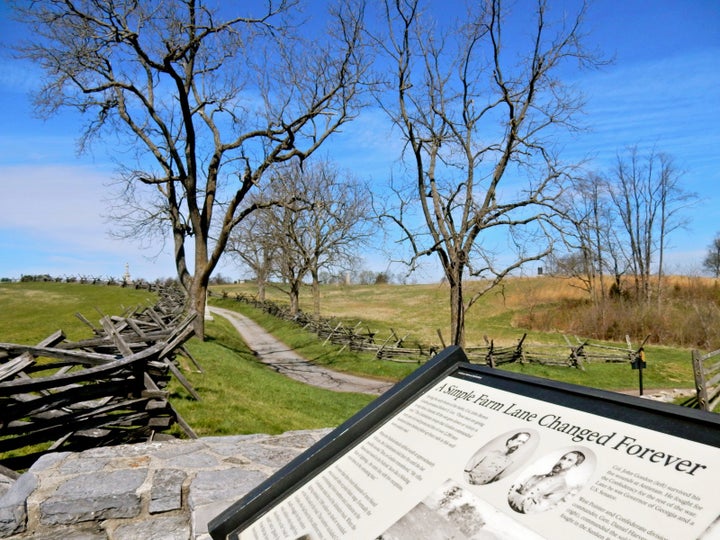
Sharpsburg: Antietam Battlefield. The Battle of Antietam on September 17, 1862, pitting 75,300 Union soldiers against 52,000 Confederate troops, was the bloodiest day of the Civil War, with over 23,000 Confederate and Union soldiers killed, wounded or captured. The antithesis of Gettysburg in terms of commercial encroachment and crowds, Antietam, left exactly as it was 150 years ago, is the country’s “most pristine battlefield of any war.” Don’t miss Pry House. Serving as an extension of the National Museum of Civil War Medicine (in Frederick MD) this home was headquarters for Union General George B. McClellan and a field hospital during the Battle of Antietam. A guided tour of the Pry House includes juicy stories about real characters portrayed in exhibits and dioramas.
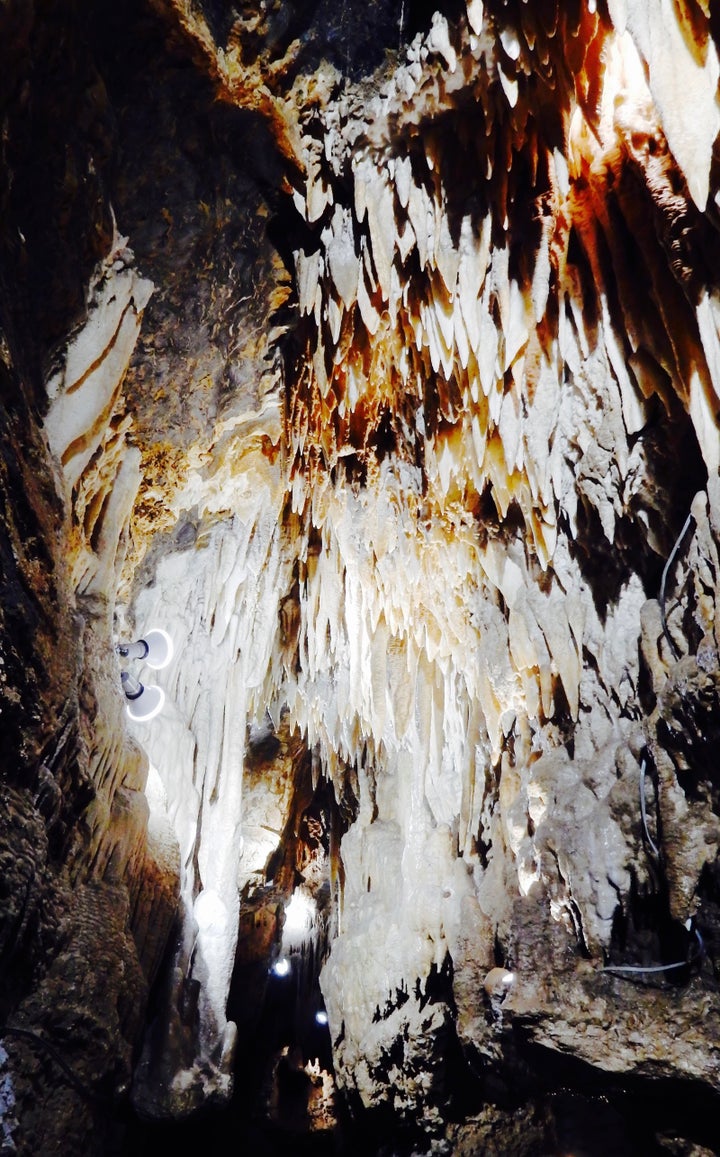
Boonsboro: Crystal Grottoes. On the National Historic Register, this cave system encompasses extraordinary formations along a 1,200-foot walking path, some of it so sparkly, it’s like being inside a giant geode. Discovered in 1920, when road builders lost several drill bits and went to look underground for them, Crystal Grottos launched its first tour in 1922 for seven cents.
Williamsport: C&O Canal National Historical Park. According to the National Park Service, the C&O Canal is the 12th most visited National Park in the country. The Chesapeake & Ohio Canal ran 184.5 miles from Cumberland WV to Georgetown in Washington DC along the Potomac River– the longest stretch, 80 miles of it – in Washington County MD. Began in 1828, with a 600 ft. elevation requiring 74 locks, the C&O Canal was already obsolete when completed in 1850 (due to the railroad). In Williamstown, you’ll see every canal feature within a half-mile stroll; lift gates, locks, aqueduct, lock house, warehouse, and turning basin.
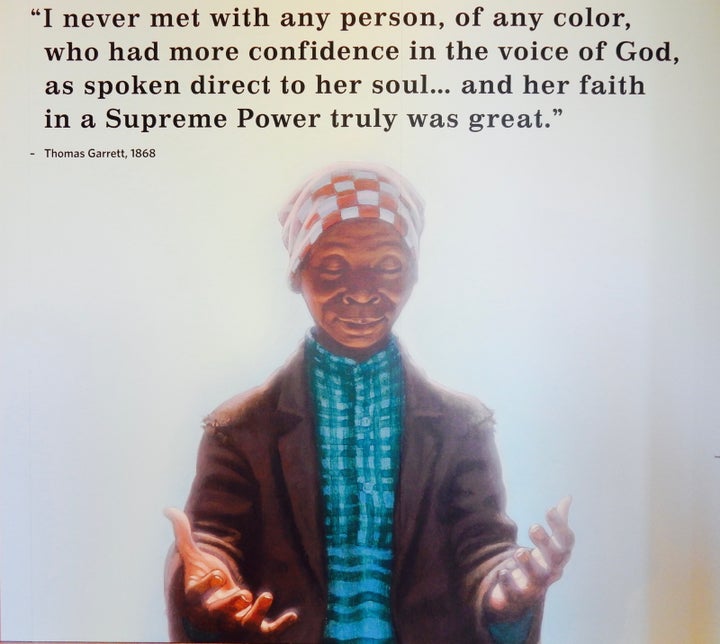
Cambridge: Harriet Tubman Underground Railroad Visitors Center, Opened March 11, 2017, and operated by the National and Maryland Park Services, this, and the Harriet Tubman Underground RR Byway are becoming the premier attractions on Maryland’s Eastern Shore. Environmentally built (LEED Silver), the Visitor’s Center is divided into four pavilions, telling the story of Tubman’s life with a focus on her values: Faith, Family, Community and Freedom. While on the Harriet Tubman URR Byway, stop in to the Bucktown General Store in Bucktown - the “site of the 1st known act of defiance in the life of Harriet Tubman.” Inside, there are artifacts found during restoration: an original newspaper announcing the $300 Reward for “Minty” and her two brothers, dog tags worn by slaves, a bill of sale for Linah (Harriet’s sister), and much more.
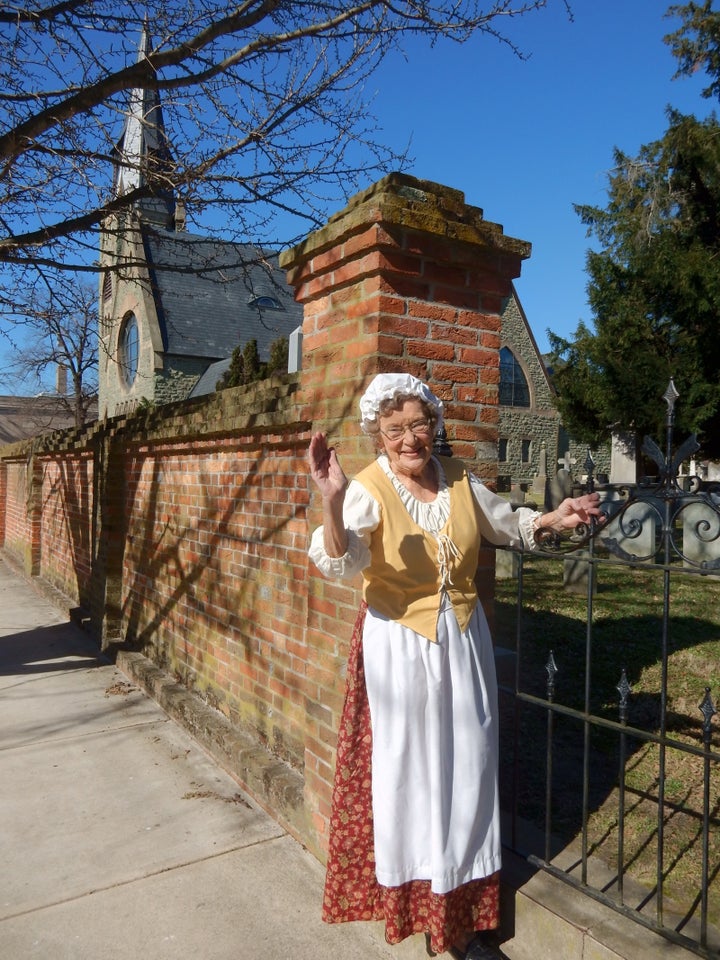
Cambridge: Walking Tour of Historic High Street, Cambridge. This one hour tour is jam packed with history and gossip, made even more entertaining by the older members of the West End Citizens Association, like the feisty Marge Hull, who serve as costumed guides. The stroll begins in Long Wharf park, where Hull talks about John Smith who sailed up the Choptank, determining that the available fresh water, hardwood, temperate weather for farming, and friendly natives made this land ideal for colonization. The Great Depression killed the town. In 1932, the boats stopped coming. However, help was on the way. One of FDR’s first WPA Projects was the redevelopment of Long Wharf as a place to dock the Presidential Yacht on his tour of the Eastern Shore. After FDR’s death, the Potomac was berthed here from 1946-1960. Now a special artifact serves as a permanent Roosevelt Memorial: the dummy smokestack from the Presidential Yacht Potomac that hid the elevator Roosevelt used to conceal his disability.
Salisbury: Poplar Hill Mansion. You’re invited into a local treasure – one of the oldest homes in Maryland – for a very interactive tour. Sit on the chairs (no ropes!), play the piano forte, handle items: it’s a fantastic look and feel back in time.
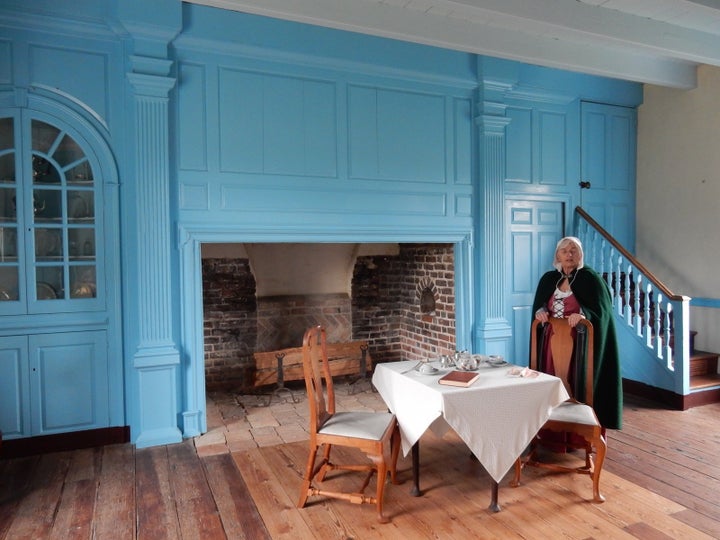
Salisbury: Pemberton Hall in Pemberton Historical Park. “You are standing on floorboards that are older than America itself,” says costumed interpreter, Pat Taylor – one of several volunteer docents who give tours of this underrated attraction that sheds light on the life of an upper-income family. Pemberton Hall was built in 1741 to impress – its main room resplendent in imported wealth-flaunting Prussian blue. As with most historic properties, this one was in danger of demolition and saved only by concerned citizens in 1964 – a good thing, too, as it turned out to have the only Tester Bed Frame in the country in its original place.
Salisbury: Salisbury Zoo, in Salisbury City Park. Back in the 1950’s, people started dropping off monkeys, deer, and even a bear in this wooded section of Salisbury for no apparent reason, leading to the creation of an actual zoological park. Once called “The Best Little Zoo in America,” this free to enter collection of North and South American and Australian animals (no big game African creatures) is still popular with families.

Westminster: Carroll County Farm Museum. From 1852 until 1965, this 160-acre farm was part of the county Alms House – where families and individuals who “lost everything” could work the land and live free. Touring it, and its outbuildings and barns, is remarkably compelling. When the Alms House closed in 1965, the buildings were in such good repair, they needed very little restoration. The Carroll County Farm Museum was opened in 1966 with the mission to foster “the preservation and proper appreciation of the rural culture of Carroll County and the spirit and the values which this culture typifies.”
Westminster: See a play, art show, or vintage movie, or attend a lecture or book talk at the beautifully restored Carroll Arts Center. The original 1937 movie theater was renovated and reinvigorated in the early 2000’s, and is a vibrant place at all times – what with a constant stream of shows, lectures, and theatrical performances. The ten day PEEPshow, an annual extravaganza of art made entirely from the little yellow (and now multi-colored) marshmallow chicks associated with Easter Season, is by far the Carroll Arts Center’s biggest event.
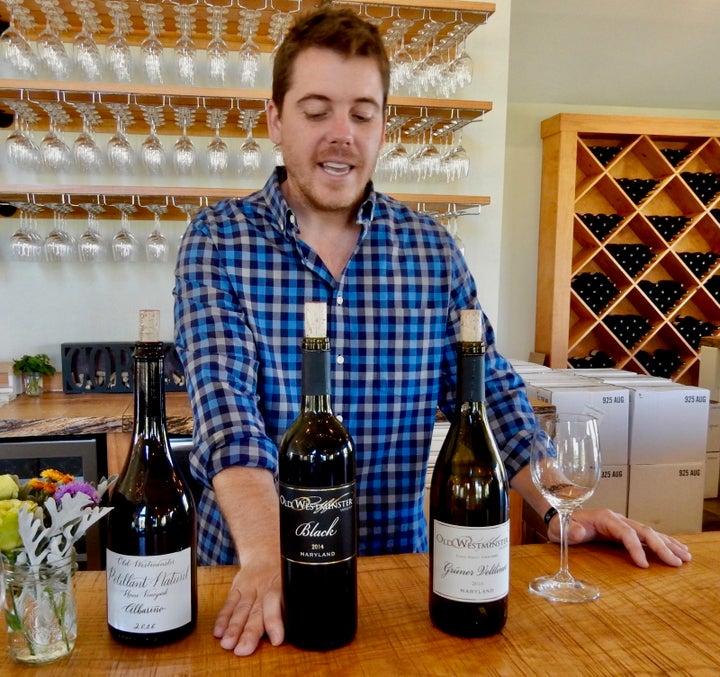
Westminster: Tour and Taste at Old Westminster Winery. Drew and Casey Baker, and Drew’s two sisters, banded together to create this up and coming family winery. Though their classic red blends are popular, including the deep, dark, mostly Merlot and Cabernet Franc Black, Old Westminster is known for its unique “pet nat” blends – in the bottle within a month of harvest. An ancient, now renewed method of sparkling winemaking, most of the fermentation happens in the wine bottle. What Drew calls a “dancing wine,” pet-nat is more effervescent than the hard-core bubbly-ness of Champagne, and seems to be, increasingly, the drink of choice for Millennials.
Westminster: Take Tea at Gypsy’s Tea Room. It makes sense to enjoy this most English of rituals in William Winchester’s home, built in 1760, when the US was still a British colony. Owner Gypsy Jo Flack provides that elusive “personal touch,” welcoming every guest warmly into her gift shop, though a warren of intimate rooms – and even into the kitchen to make scones with her on select dates. Though not ostentatious, this is a complete Tea with all the bells and whistles – scones and clotted cream, cucumber sandwiches, baked goods, and of course, you choice of tea. You will not leave hungry.
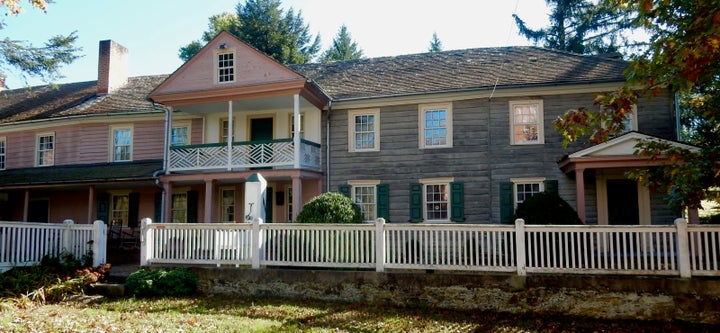
Union Mills: Union Mills Homestead. A gem of a home in the middle of nowhere, you’ll travel on undulating back roads, traversing farmland with split rail fences, to get to the Shriver homestead, Union Mills – both domicile and business center for B.F. Shriver Company, which operated Union Mills as merchant millers from 1870’s – 1940’s. In 1824, Thomas Jefferson appointed David Shriver Superintendant of Roads (you can see a copy of Jefferson’s missive on Monticello letterhead), so Shriver established a toll road that led to his house and multiple businesses. Union Mills became an important “whistle stop” for celebrities of the day. Francis Scott Key addressed a crowd from the home’s balcony, Washington Irving stayed overnight. James Audubon watched a Baltimore Oriel build a nest in a nearby willow tree, and we all know where that led.
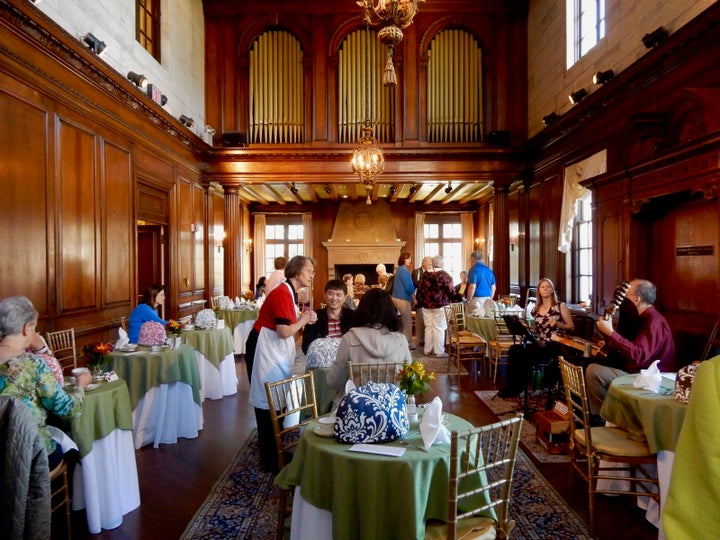
N. Bethesda: Pop the Question (or not) over Tea With Chamber Music at Strathmore Mansion, in an 1899 Georgian Mansion called “one of the handsomest summer homes near Washington,” by the Washington Evening Star in 1903. An indulgence rarely seen anymore, take high tea in a soaring wood paneled room while classical musicians play. Dining on scones with clotted cream, crustless cucumber sandwiches, and an abundance of sweets in the middle of the day is the ultimate guilty pleasure.

Glen Echo: Take an art, music, or dance class at Glen Echo Park. Unleash your creativity (or put on your dancing shoes) at this former amusement park turned Performing and Fine Arts Center, where budding photographers, painters, silversmiths, jewelry-makers, sculptors, writers, musicians, actors, glass and clay artists, and ballroom dancers can learn from the best. There are over 1,000 classes to choose from – from short drop-ins to multi-month long series – for adults, kids, and teens, though just walking around the leafy acreage on a fine fall or spring day brings joy. Dance the night away at the famous Spanish Ballroom, opened in 1933 with 7,500 square feet of dance space to accommodate 1,800 foxtrotters, that still attracts thousands of people a week from all over the country. There’s Thursday Night Blues Dancing, Friday and Sunday Contra Dance, and every Saturday night – Swing. Amazingly, $18pp buys you an hour Swing lesson and three hours of dance time to a live band – one of the cheapest date nights ever. Though it’s open year round, the Spanish Ballroom is not heated or air-conditioned. Thankfully, body heat and constant motion will warm you up in winter – but in the summer….well, that’s what the fans are for.
Earlville: Mt. Harmon Plantation. The Osage-Tree lined driveway leading up to this magnificent Georgian Colonial manor, built in the 1730’s, seems to go on forever. On 1,200 acres threaded with a river, creeks, and marsh, a visit here easily takes you back to the time when Captain John Smith explored these waterways, writing diaries that would compel waves of Englishmen to settle in this part of the New World. In fact, says a docent, “if you were here in 1607, you would have witnessed Smith coming up the Sassafras River – and in 1813, you’d have seen the whole British fleet sailing up.” Marguerite du Pont de Villiers-Ortiz Bowman, a descendant of the Louttit and George families who lived in the home from 1760-1810 when Mt. Harmon was a wealthy tobacco plantation, restored the mansion to that era when she lived here in the 1960’s.
Sandy Springs: See projections of ten 90-second video vignettes of actors in period dress interpreting the enslaved and slave-owning families at Woodlawn Manor Cultural Park. The walls literally talk at Woodlawn Manor. After a major renovation in 2016, the 1832 Stone Barn on this farm managed by the Montgomery Park System offers one of the most engaging ways to learn about slavery and the difficult decisions encountered by both the enslaved (to run or stay) and the slave owners (to let the most elderly and sick go or care for them). Interactive exhibits highlight the area’s agricultural landscape, the Underground Railroad and the Quaker experience in Montgomery County, revealed through the lives of the Woodlawn’s residents – the Palmer family and enslaved laborers.
Rising Sun: Plumpton Park Zoo, Rising Sun. Cheryl and Nick Lacovara purchased a “30 year old rundown zoo” and completely revamped and improved it. Eighty percent of the animals were rescues “in horrible condition,” and here, says Cheryl, they can “live out the rest of their lives in peace.” Even if you’re not into zoos or don’t have kids or grandkids with you – this place is balm for the heart, though, yes, the animals are in cages. Having been injured or raised domestically, they wouldn’t be able to live long in the wild.
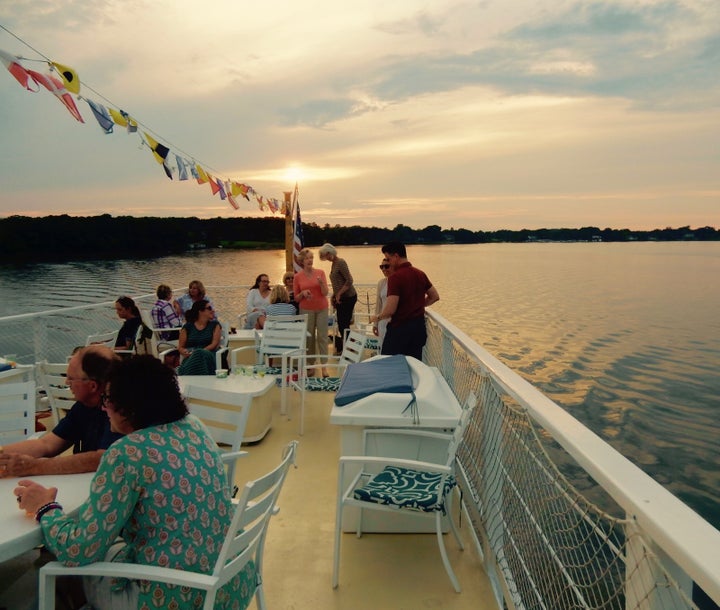
Chestertown: Chester River Packet. Sailing up and down the Chester River at sunset is one of life’s great pleasures, especially if done on a 1920’s style wooden yacht with a drink in hand. The Sunset Dinner Cruise offers a modest ham and salads dinner buffet (with cash bar), for just $30 pp.
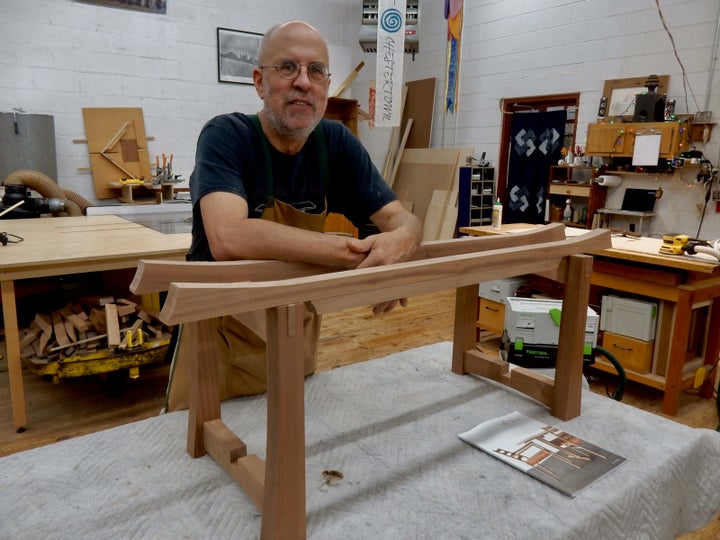
Chesterton: Make your own table at Robert Ortiz, Furniture Maker. Robert Ortiz has been fashioning Shaker and Japanese style furniture in this studio for 22 years and came to a stunning revelation when he helped a client make a piece for his home. The man returned twice more in order to build the same thing three times. Turned out, this customer had three sons who all coveted the same console table he’d made with Ortiz’s help. Ortiz decided to open his furniture workshop to the public for 5 day workshops – one on one – where he guides crafters through the process of wood selection from the mill, and then through design, joinery, and finish, using the same tools, jigs and fixtures he’s developed over the years. At the end of five days, you take home an heirloom-worthy piece of furniture.
Rock Hall: Go to an intimate concert at The Mainstay. Twenty-three years ago, college PhD Professor and jazz trumpet player, Tom McHugh, walked into this storefront space and saw potential. Despite being told it would never fly, McHugh opened up The Mainstay as a stage for all kinds of music, with a concentration on jazz. To date, over a thousand concerts have been held here, from the Preservation Hall Band to Femina (who counts among her greatest fans the rocker Iggy Pop). Carol Colgate is now the Director of the concert venue, which has become an economic driver for the town.
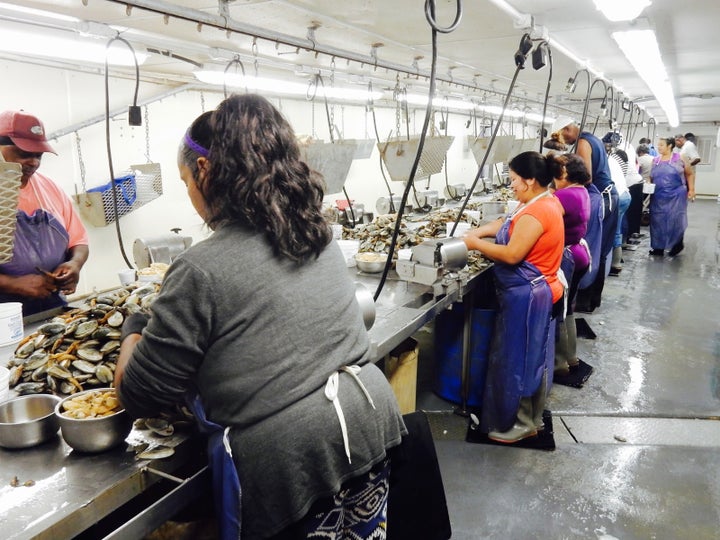
Grasonville: Tour Harris Seafood, Grasonville. (Next door to Harris Crab House). A tour of wholesaler, Harris Seafood, is an under the radar and unscheduled, but educational, few minute traipse though a working seafood processing and distribution facility. This unofficial “tour” (if owner, Jason Ruth, is in-house, he’ll take you around), is really a behind the scenes look at people working hard, and a hard look at how we get our crabs, oysters, and soft shell clams. Ruth buys oysters from companies all over the East Coast, shucking, and selling them to grocery stores and restaurants. In fact, his is one of the very last “shucking houses” in Maryland – and watching dozens of these master shuckers in action is something to see.
Grasonville: Chesapeake Bay Environmental Center (CBEC). With 510 acres on a migratory route, CBEC turns into a waterfowl wonderland in the fall – a magnet for wildlife photographers. There are four miles of flat, though muddy, hiking trails, with observation towers and duck blinds and a Raptor Rehabilitation Center on site, but if you really want to experience “Marshy Creek” – plan to rent a kayak ($20 per day, some hauling involved) or take a guided kayak tour ($20 for about 2 hours). Marshy Creek is brackish, inviting both salt water loving jellyfish, and fresh water ducks and geese to feed and float among its unique water grasses.
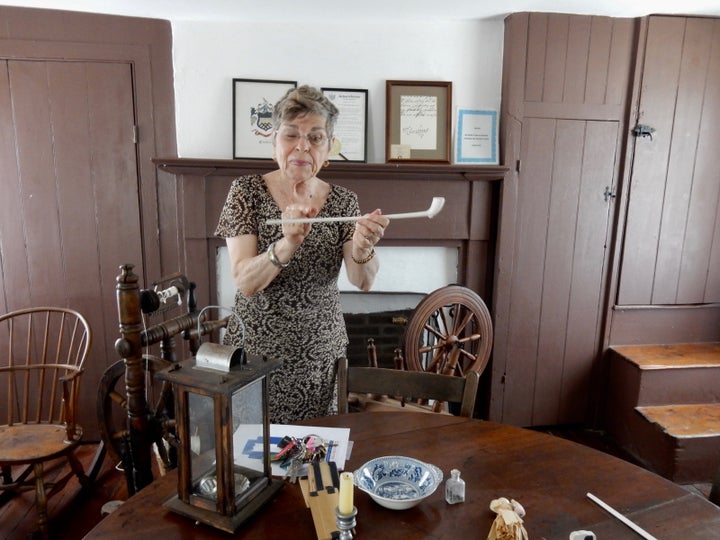
Tour Historic Stevensville. Enter the circa 1877 Stevensville MD Post Office, now owned by the Kent Island Heritage Society, and you’ll receive a letter from a P.O box, set up as it would have looked when the post office was in operation. The letter highlights the history of this mini-town, which you can also learn on a walking tour, led by the sprightly Nancy Cook, on request.
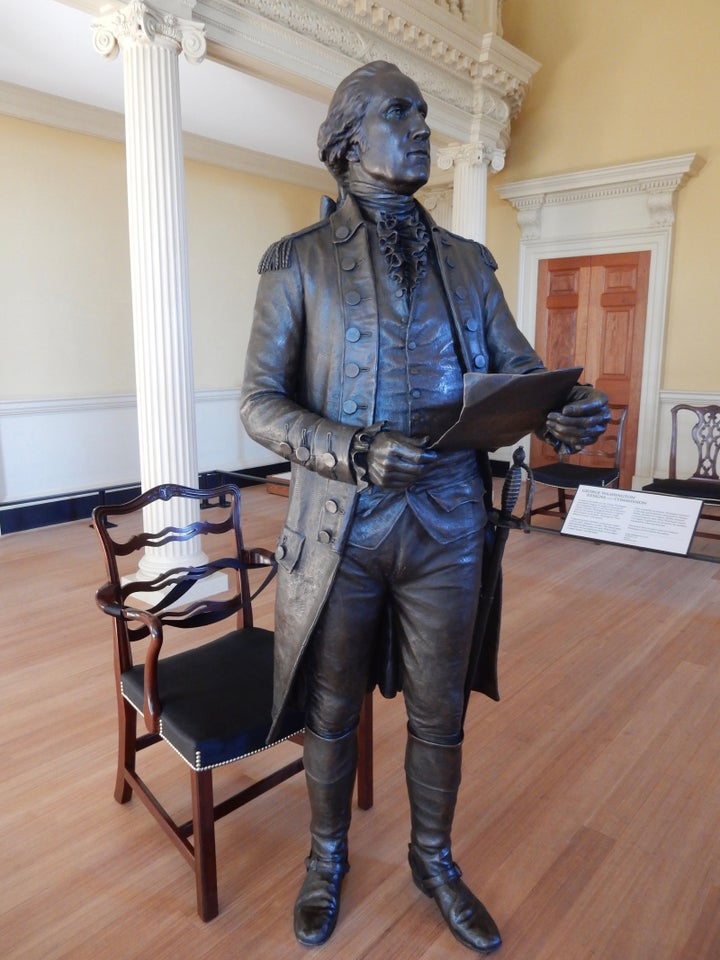
Annapolis: Tour Maryland State House. Take a self-guided tour of the oldest state capitol in continuous legislative use. The Maryland State House hosted the ratification of the Treaty of Paris, ending the Revolutionary war, and served as meeting place for the Continental Congress when General George Washington, gripping his handwritten speech with two hands as he shook with emotion, tendered his resignation as Commander In Chief of the Continental Army. Washington’s personal handwritten resignation speech, considered by historians to be the 4th most important document in American history, is on display along with video and more information about what happened here.
Annapolis: Urban EvenTours, Urban Adventure Tours. Tool around Annapolis in a GEM (Global Electric Motor) for a very different experience than a walking or trolley tour. With only six seats (UAT has 15 GEM’s – the largest fleet of them used for tourism purposes in the USA), each tour is an intimate and personal way to explore the narrow alleyways and cobblestone streets of this Naval town.
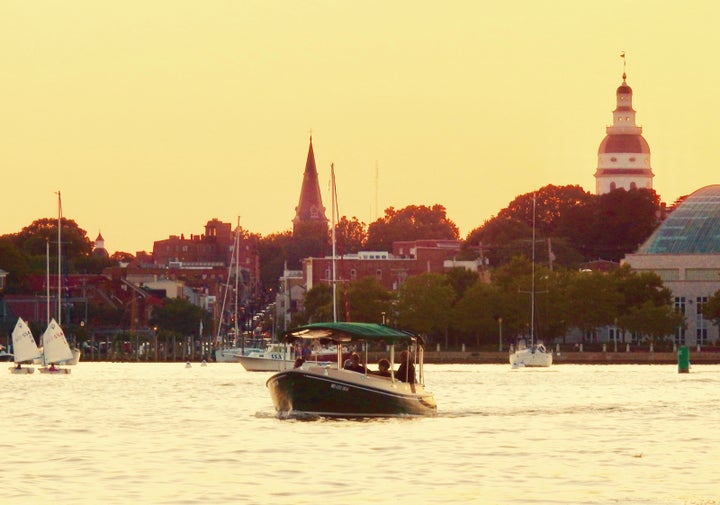
Eastport: Annapolis Electric Boat Rentals, Eastport (adjacent to The Chart House). After owner Greg Horn presents a 30-minute orientation, you can take a Duffy 22 Electric Boat on an hour or longer spin around Annapolis Harbor (Spa Creek, Back Creek) with up to 9 other people.
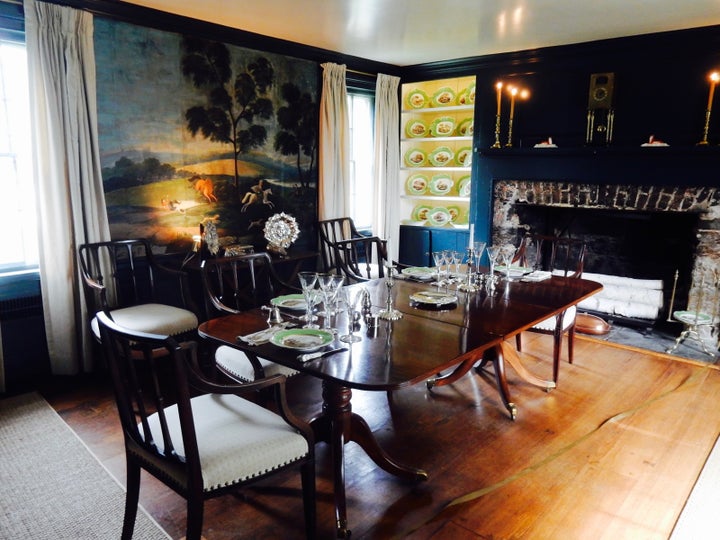
Monkton: Tour the Manor House at Ladew Topiary Gardens. Harvey Ladew was born into a wealthy NY family and ran in rarified circles. His friend, Marjorie Merriweather Post, gave him a foxhunting themed needlepoint settee that he admired in her home (possibly Mar-A-Lago – built for her around that time), now sitting under the staircase. George Eastman gave him his first camera. Cole Porter played on the piano in his comfortable living room. With a passion for fox hunting gleaned from many trips to England, Ladew purchased this farm in 1929, transforming it into a foxhunting center, and a series of garden vignettes and whimsical topiaries. A one-hour tour through Ladew’s meandering home, partially built in 1747, is replete with his original furnishings and artifacts.
